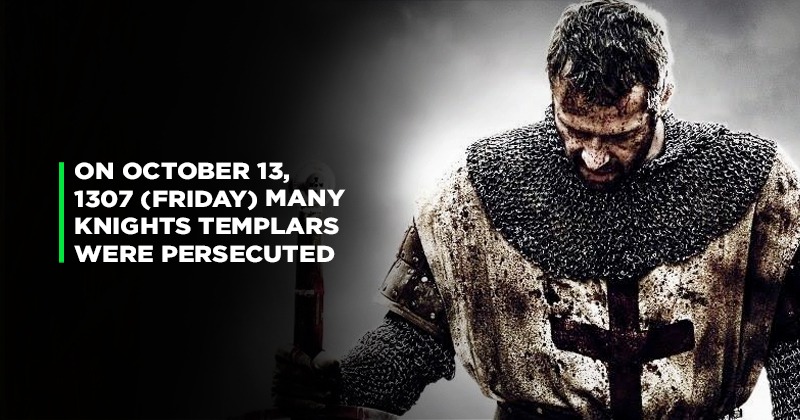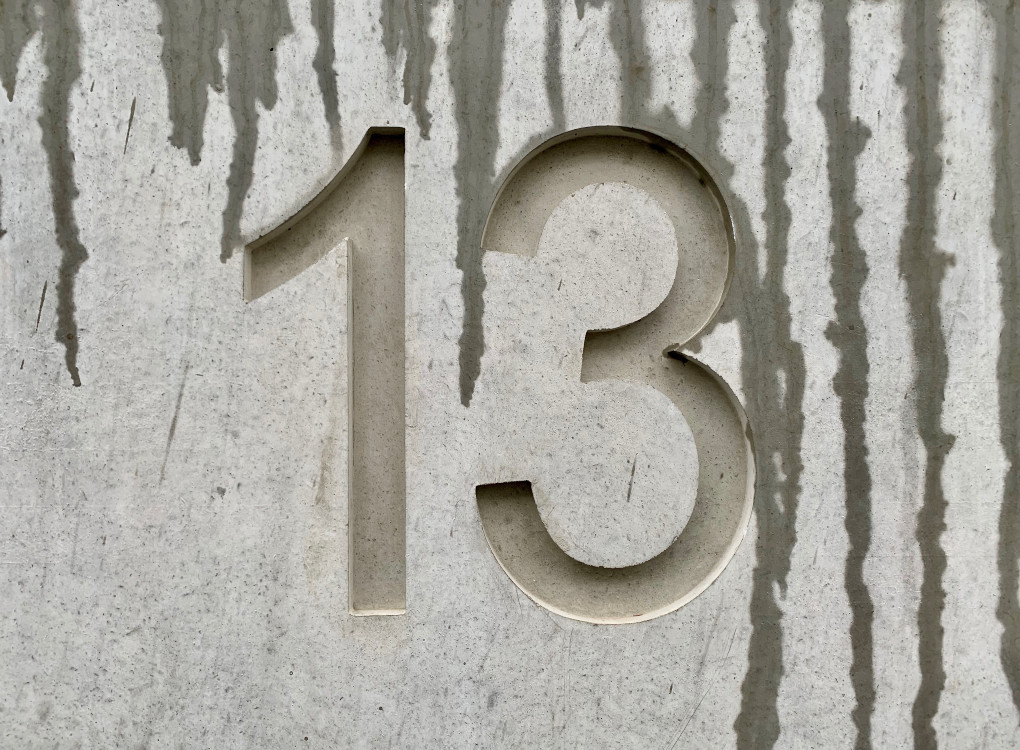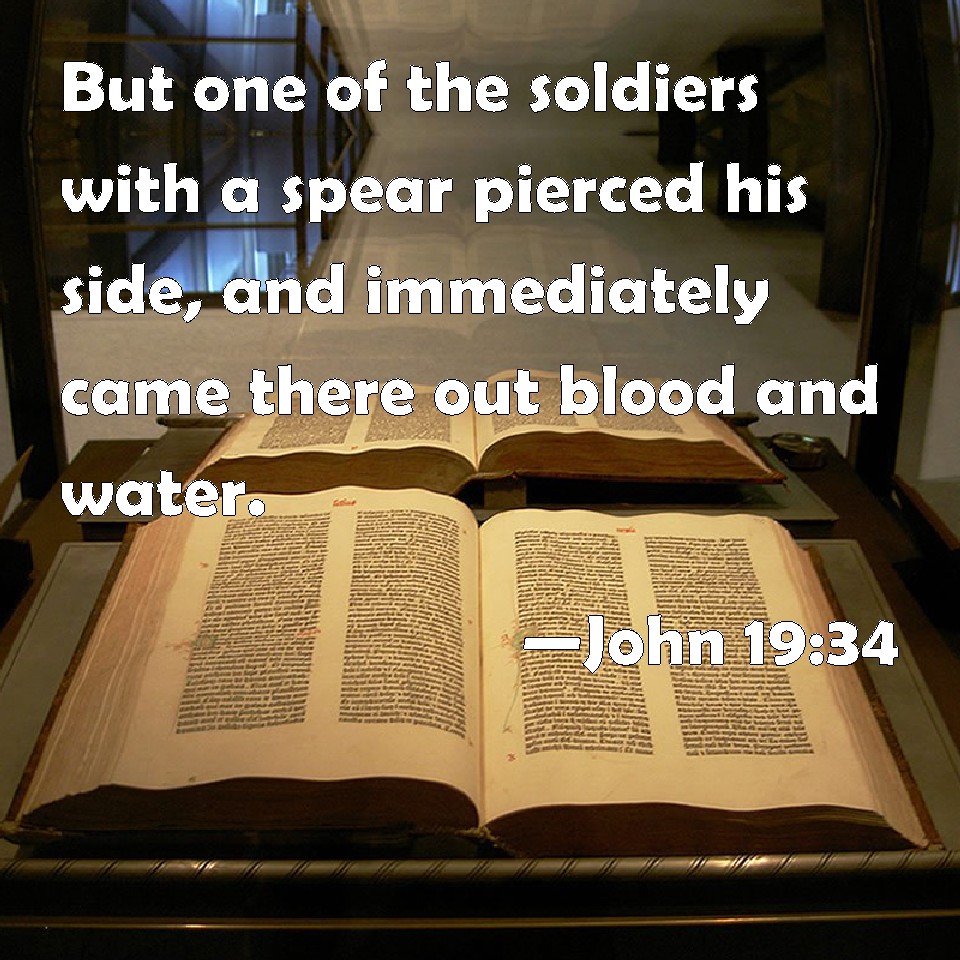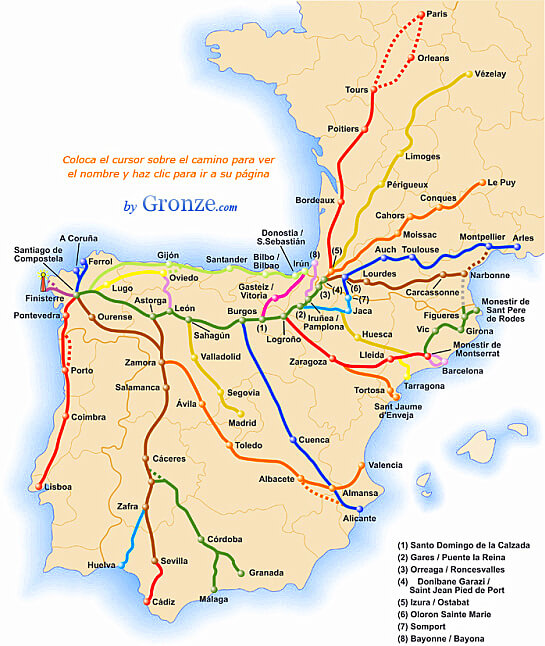Utah, commonly known as Utah Beach, was the code name for one of the five sectors of the Allied invasion of German-occupied France in the Normandy landings on June 6, 1944 (D-Day), during World War II. The westernmost of the five code-named landing beaches in Normandy, Utah is on the Cotentin Peninsula, west of the mouths of the Douve and Vire rivers. Amphibious landings at Utah were undertaken by United States Army troops, with sea transport, mine sweeping, and a naval bombardment force provided by the United States Navy and Coast Guard as well as elements from the British, Dutch and other Allied navies.
The objective at Utah was to secure a beachhead on the Cotentin Peninsula, the location of important port facilities at Cherbourg. The amphibious assault, primarily by the US 4th Infantry Division and 70th Tank Battalion, was supported by airborne landings of the 82nd and 101st Airborne Division. The intention was to rapidly seal off the Cotentin Peninsula, prevent the Germans from reinforcing Cherbourg, and capture the port as quickly as possible. Utah, along with Sword on the eastern flank, was added to the invasion plan in December 1943. These changes doubled the frontage of the invasion and necessitated a month-long delay so that additional landing craft and personnel could be assembled in England. Allied forces attacking Utah faced two battalions of the 919th Grenadier Regiment, part of the 709th Static Infantry Division. While improvements to fortifications had been undertaken under the leadership of Field Marshal Erwin Rommel beginning in October 1943, the troops assigned to defend the area were mostly poorly equipped non-German conscripts.
D-Day at Utah began at 01:30, when the first of the airborne units arrived, tasked with securing the key crossroads at Sainte-Mère-Église and controlling the causeways through the flooded farmland behind Utah so the infantry could advance inland. While some airborne objectives were quickly met, many paratroopers landed far from their drop zones and were unable to fulfill their objectives on the first day. On the beach itself, infantry and tanks landed in four waves beginning at 06:30 and quickly secured the immediate area with minimal casualties. Meanwhile, engineers set to work clearing the area of obstacles and mines, and additional waves of reinforcements continued to arrive. At the close of D-Day, Allied forces had only captured about half of the planned area and contingents of German defenders remained, but the beachhead was secure.
The 4th Infantry Division landed 21,000 troops on Utah at the cost of only 197 casualties. Airborne troops arriving by parachute and glider numbered an additional 14,000 men, with 2,500 casualties. Around 700 men were lost in engineering units, 70th Tank Battalion, and seaborne vessels sunk by the enemy. German losses are unknown. Cherbourg was captured on June 26, but by this time the Germans had destroyed the port facilities, which were not brought back into full operation until September.
The decision to undertake a cross-channel invasion of continental Europe within the next year was taken at the Trident Conference, held in Washington in May 1943. The Allies initially planned to launch the invasion on May 1, 1944, and a draft of the plan was accepted at the Quebec Conference in August 1943. General Dwight D. Eisenhower was appointed commander of Supreme Headquarters Allied Expeditionary Force (SHAEF). General Bernard Montgomery was named as commander of the 21st Army Group, which comprised all of the land forces involved in the invasion.
On December 31, 1943, Eisenhower and Montgomery first saw the plan, which proposed amphibious landings by three divisions and two-thirds of an airborne division. The two generals immediately insisted that the scale of the initial invasion be expanded to five divisions, with airborne descents by three divisions, to allow operations on a wider front. The change doubled the frontage of the invasion from 25 miles (40 km) to 50 miles (80 km). This would allow for quicker offloading of men and materiel, make it more difficult for the Germans to respond, and speed up the capture of the port at Cherbourg. Eisenhower and Lieutenant General Omar Bradley selected for Utah the VII Corps. Major General J. Lawton Collins, who had experience with amphibious operations in the Pacific Theater of Operations (though not in the initial assaults), replaced Major General Roscoe Woodruff as commander of VII Corps.
The coastline of Normandy was divided into seventeen sectors, with codenames using a spelling alphabet—from Able, west of Omaha, to Roger on the east flank of Sword. Utah was originally designated "Yoke" and Omaha was "X-ray", from the phonetic alphabet. The two names were changed on 3 March 1944. "Omaha" and "Utah" were probably suggested by Bradley. Eight further sectors were added when the invasion was extended to include Utah. Sectors were further subdivided into beaches identified by the colors Green, Red, and White.
Utah, the westernmost of the five landing beaches, is on the Cotentin Peninsula, west of the mouths of the Douve and Vire rivers. The terrain between Utah and the neighboring Omaha was swampy and difficult to cross, which meant that the troops landing at Utah would be isolated. The Germans had flooded the farmland behind Utah, restricting travel off the beach to a few narrow causeways. To help secure the terrain inland of the landing zone, rapidly seal off the Cotentin Peninsula, and prevent the Germans from reinforcing the port at Cherbourg, two airborne divisions were assigned to airdrop into German territory in the early hours of the invasion.
The need to acquire or produce extra landing craft and troop carrier aircraft for the expanded operation meant that the invasion had to be delayed to June. Production of landing craft was ramped up in late 1943 and continued into early 1944, and existing craft were relocated from other theaters. More than 600 Douglas C-47 Skytrain transport aircraft and their crews took a circuitous route to England in early 1944 from Baer Field, Indiana, bringing the number of available troop carrier planes to over a thousand.



























![Amazon.com: Angels & Demons [DVD] : Películas y TV](https://m.media-amazon.com/images/I/91e--fCvC-L._SL1500_.jpg)

















